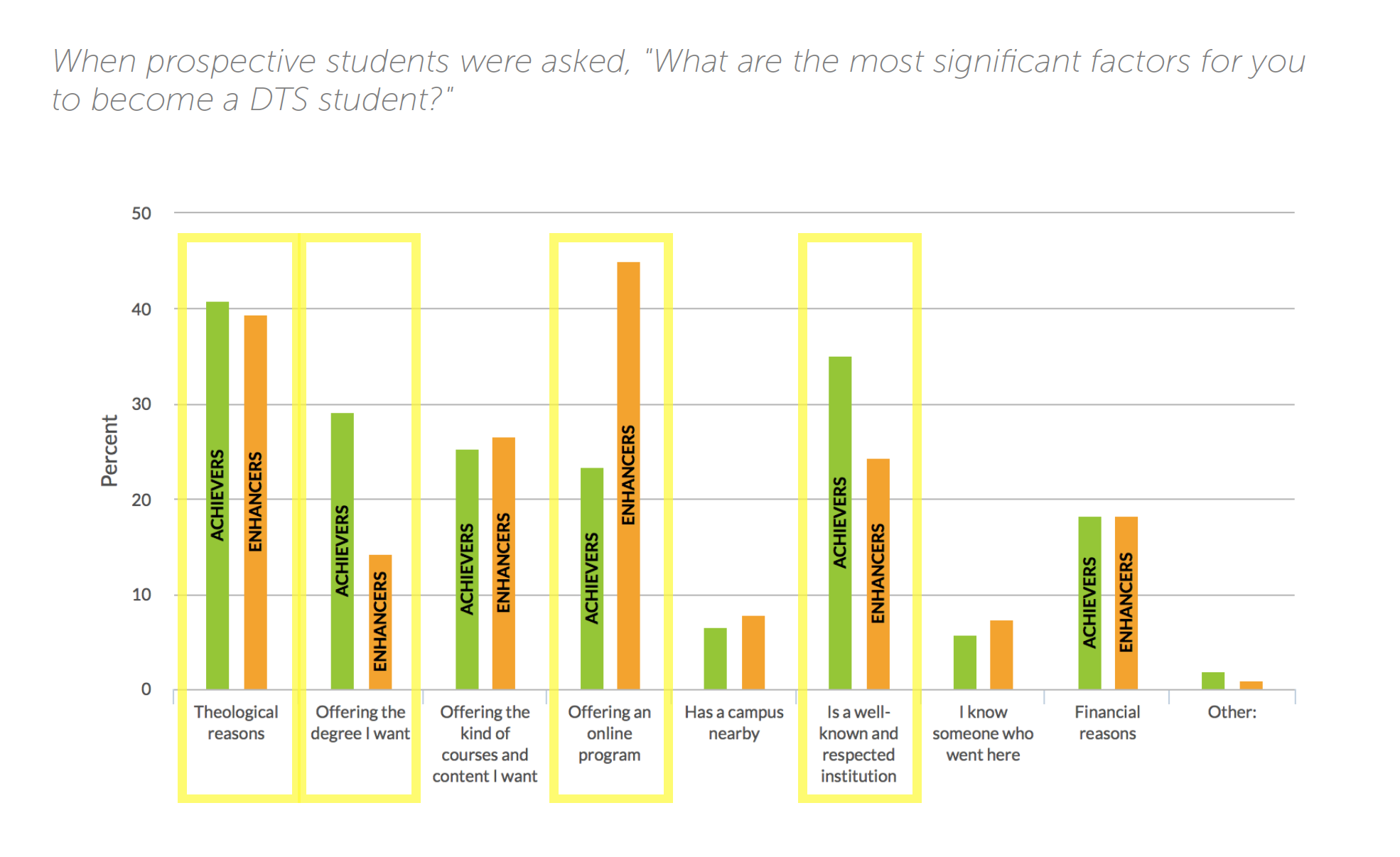Back when “Mad Men” were still pitching tag lines in smoke-filled rooms, advertising was a lot simpler: find a clever message, and slap it on as many billboards, newspapers, and TVs as you can.
Thanks to the digital revolution, fueling engagement is a fractured, flexible, and data-driven process. Brands still have to develop core messages, but they also have to develop relationships through more personalized, more frequent interactions designed to move customers down the desired path.
A recent project stands out as a prime example of this truth.
When Dallas Theological Seminary (DTS) first contacted Polymath for help updating its website and admissions emails, our conversations centered around fresh web designs and new email content. But, our initial research phase illuminated new opportunities for communicating with the seminary’s key constituencies.
Personalization = Conversion
Looking for ways to plug holes in the admissions funnel, we landed on a content strategy we dubbed “responsive email.”
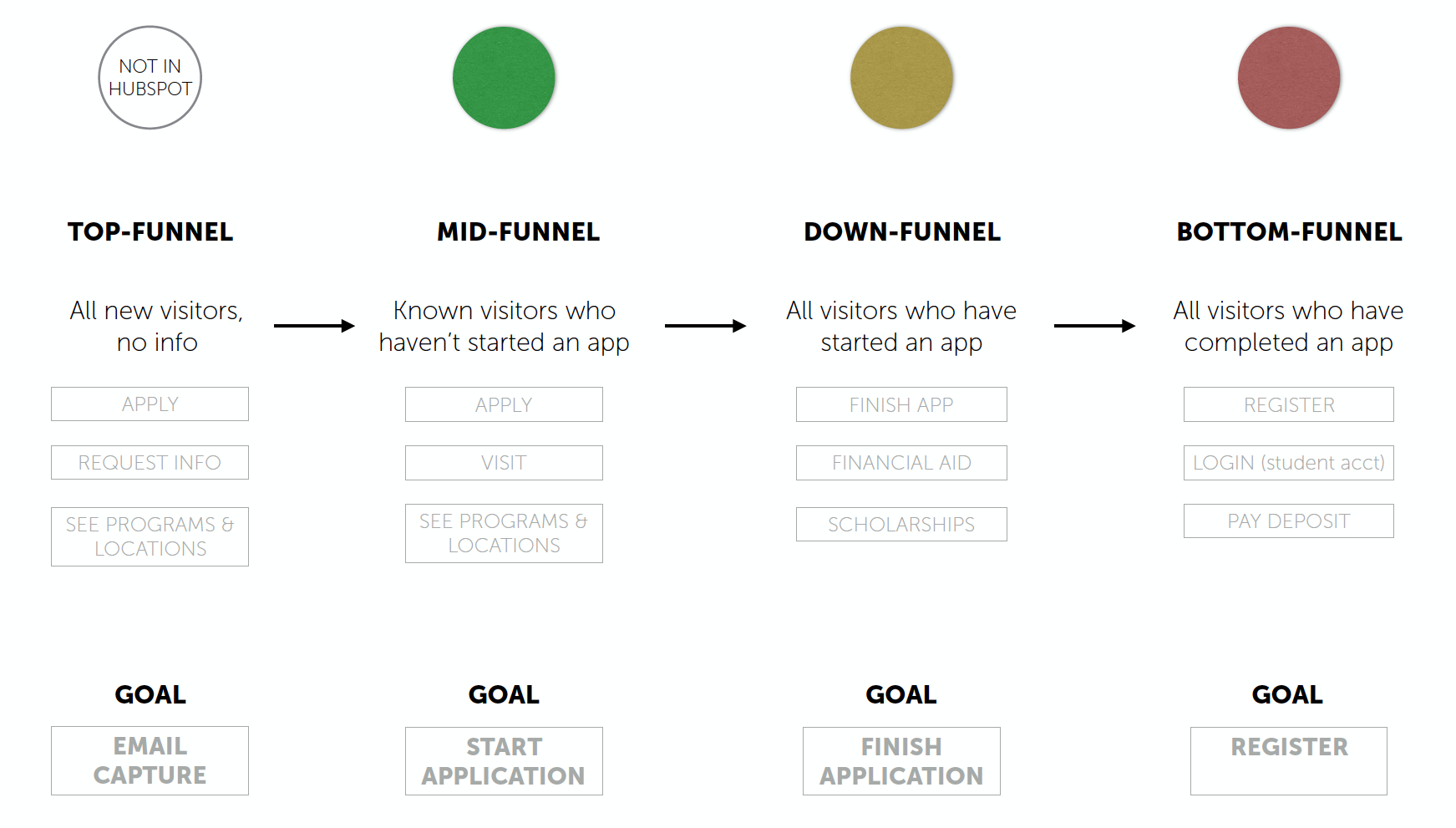 As we began to dig through the data, we found that the seminary’s Washington, DC, campus saw markedly higher conversion rates than DTS’ other campuses.
As we began to dig through the data, we found that the seminary’s Washington, DC, campus saw markedly higher conversion rates than DTS’ other campuses.
We found this was due, in part, to that campus’ emphasis on highly responsive communications that were tailored to the interests and behaviors of each person.
For example, if an applicant visited a web page about veterans’ benefits, this data would show up in DTS’ Hubspot email system, and then the DC recruitment team could follow up with a personalized email about scholarships for veterans. This personalized responsiveness was a key factor in driving up conversion.
“the content you get responds to the data gathered about you every time you interact with DTS.”
Examining open rates across all campuses also revealed that existing messages perceived as more personalized and relevant to the recipient performed better than more generic, blast-style communication emails.
Something else our research uncovered: different audience segments valued very different aspects of DTS. A group we labeled “Achievers” tended to be career-focused, while “Enhancers” sought more of a continuing education experience from seminary. Armed with this information, we created an email system that prioritized the messages that matter most to any given prospect.
Simplify, Simplify, Simplify
To capitalize on these findings, we mapped out an email strategy that looks at data collected from a user’s demographics, interests, and online behavior to determine which emails a person receives.
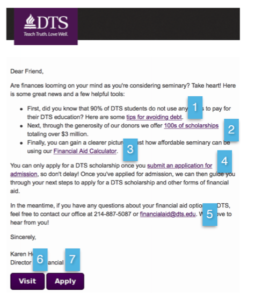
We described it as “responsive” because, beyond a core set of common messages, emails can be based on dynamic triggers, so that the content you get responds to the data gathered about you every time you interact with DTS.
DTS’ existing emails were heavy on content and calls to action—great if you want to convey as much info in as few messages as possible. But, we knew the response rates could be better. So, the new plan called for a large reservoir of emails, each with a clear topical focus, an appealing image, concise content, and fewer calls to action.
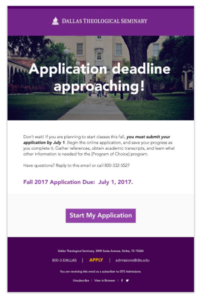
With data showing that students welcomed more email communication, we were comfortable with the higher frequency of emails this plan implied; they were designed to be simple and helpful, not burdensome.
Web & Email Working Together
Nowadays, good email strategy is coupled with a complementary strategy for web to reinforce communications objectives. We sought to achieve the same for DTS.
Armed with Google Analytics data and a review of their existing conversion funnel, our team designed a new web interface, user flow, and data-capture strategies to help the seminary learn more about its prospects and advance them through critical points in the funnel.
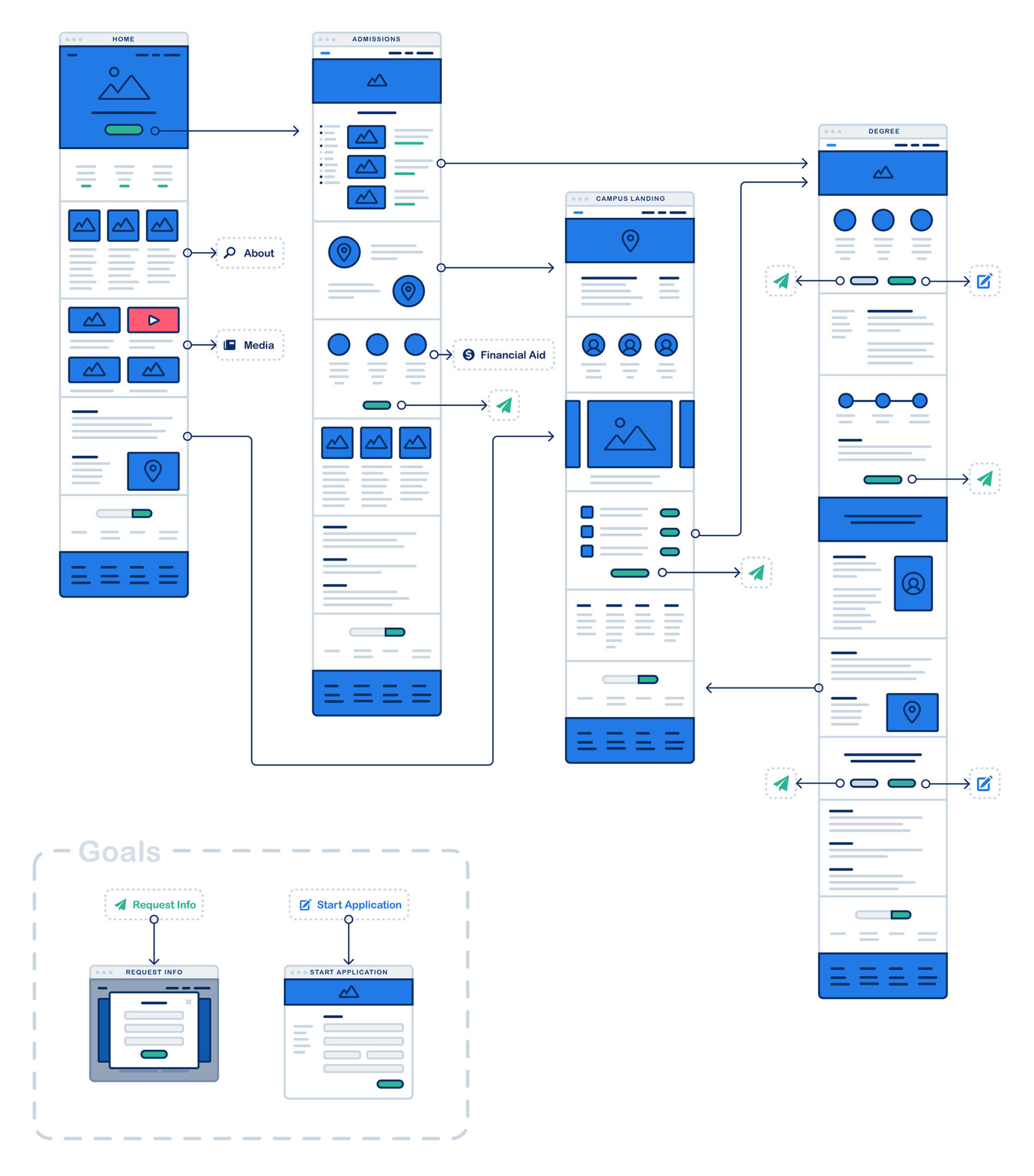
The result of our work was a comprehensive approach to website and email communications that captures data, nurtures leads with highly relevant content, and pulls them forward along the path to matriculation. The DTS team is using this project to lay the groundwork for a full site rebuild and to guide ongoing work on email communications.
“the user needs to feel that a minimal investment of time will provide immediately useful benefits.”
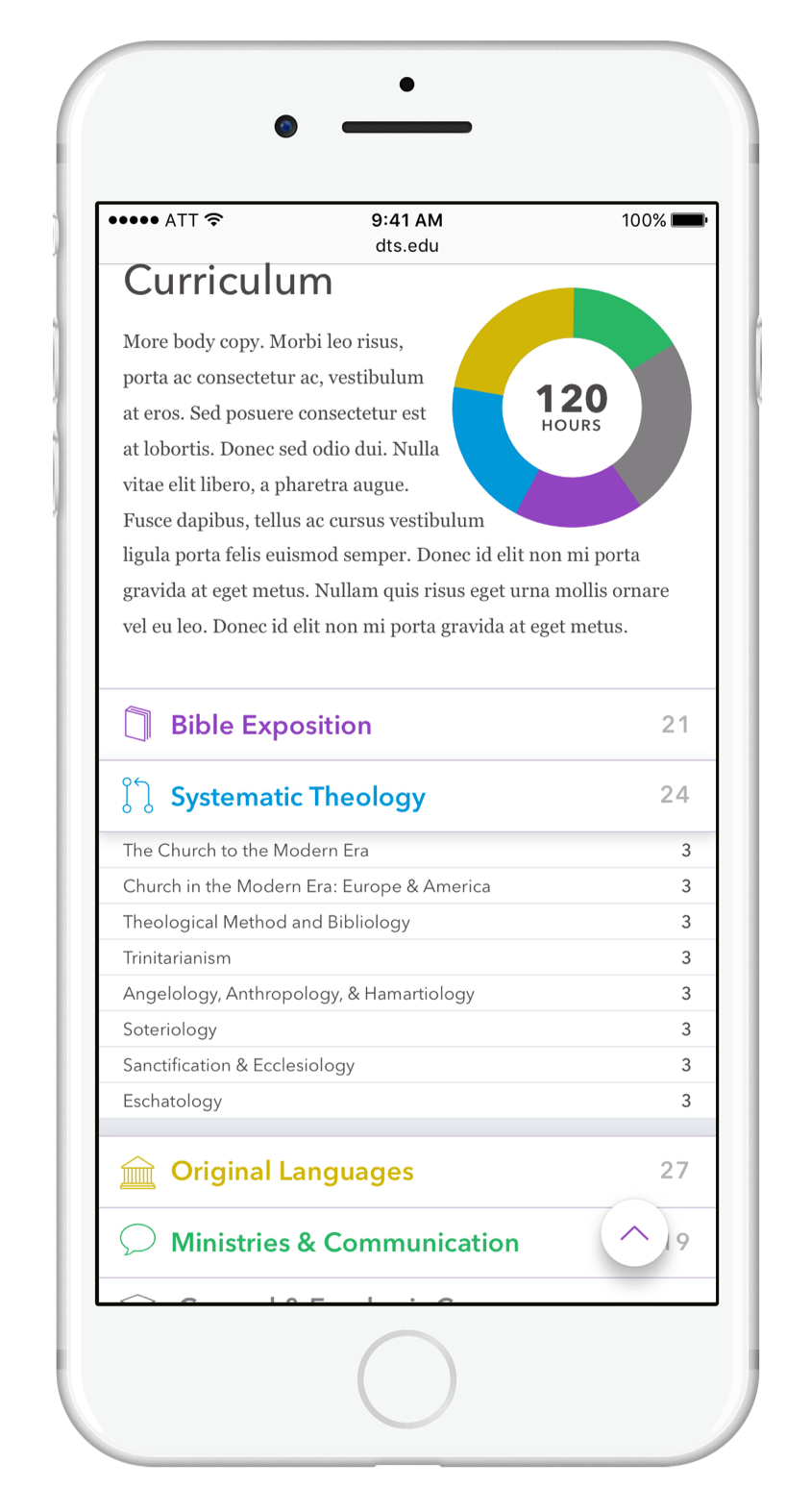
Competing for the attention of today’s audiences demands more sophisticated strategies and tools for micro-targeted marketing. It is important not only to understand your audiences, but to meet them exactly where they are with a message that’s important to them, and content that meets their needs.
Good marketers strive to cultivate personal relationships with many small conversations, not one giant megaphone.
